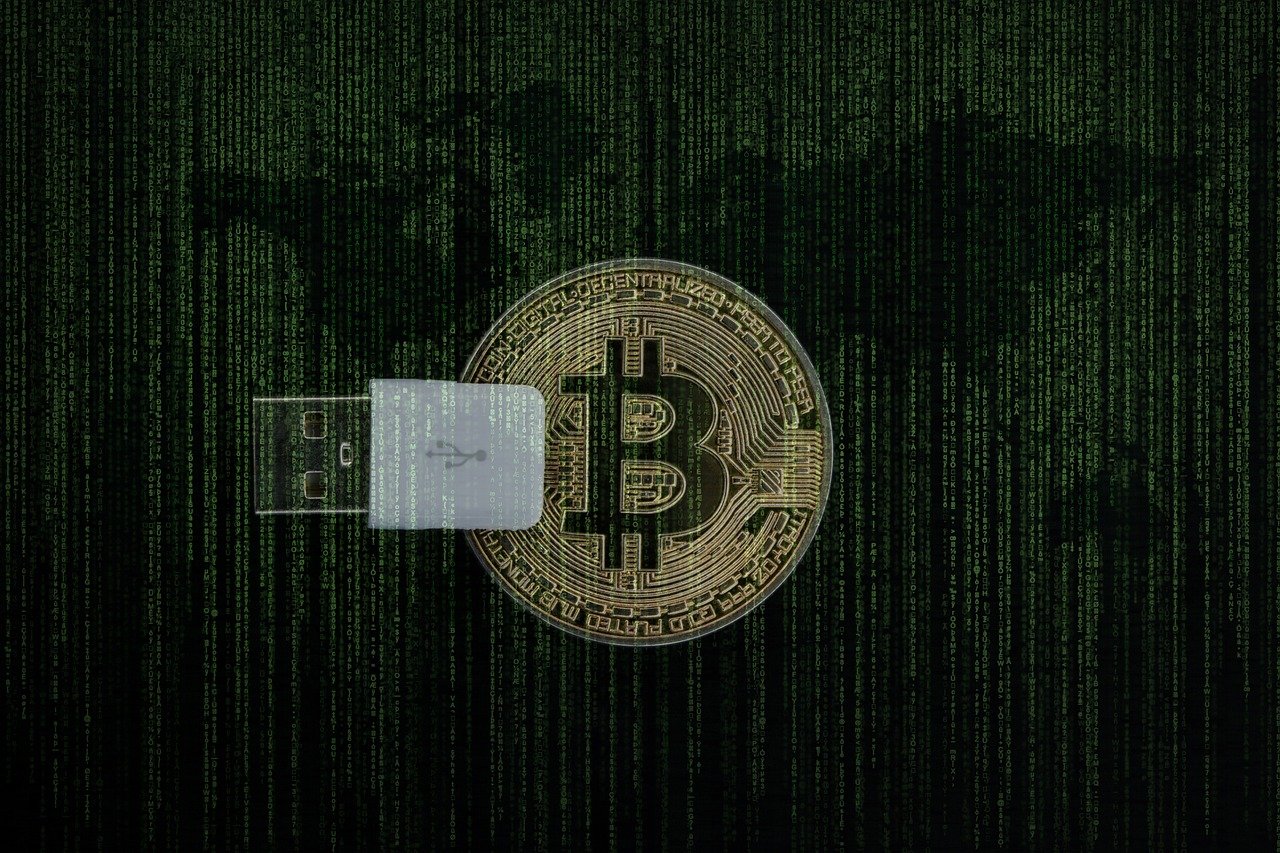Imagine a world where transactions are transparent, secure, and tamper-proof. This isn’t some futuristic fantasy; it’s the reality that blockchain technology is rapidly bringing to the forefront of industries ranging from finance and supply chain management to healthcare and voting systems. But what exactly is blockchain, and why is it generating so much buzz? Let’s dive into the details of this revolutionary technology and explore its immense potential.
Understanding Blockchain Technology
What is Blockchain?
At its core, a blockchain is a distributed, immutable ledger – essentially a shared, public record of transactions. These transactions are grouped together into “blocks,” which are then cryptographically linked together in a chain, hence the name “blockchain.” The key characteristics that define blockchain are:
- Decentralization: No single entity controls the network. Instead, it’s distributed across many computers, making it highly resistant to censorship and single points of failure.
- Transparency: All participants in the network can view the blockchain’s history, providing unprecedented transparency.
- Immutability: Once a block is added to the chain, it cannot be altered or deleted, ensuring the integrity of the data.
- Security: Cryptographic hashing and consensus mechanisms make it extremely difficult to tamper with the blockchain.
How Does Blockchain Work?
The process of adding a new block to the chain involves several steps:
Types of Blockchains
- Public Blockchains: Open to anyone and permissionless. Examples include Bitcoin and Ethereum.
- Private Blockchains: Permissioned and controlled by a single organization. Useful for internal corporate applications.
- Consortium Blockchains: Permissioned, but controlled by a group of organizations. Suitable for supply chain management or interbank transactions.
- Hybrid Blockchains: Combine elements of public and private blockchains.
Benefits of Using Blockchain
Enhanced Security
Blockchain’s cryptographic security mechanisms make it extremely difficult to tamper with data. The distributed nature also eliminates a single point of failure, making it more resilient to attacks.
- Data Integrity: The immutability of blockchain ensures that once data is recorded, it cannot be altered without being detected.
- Reduced Fraud: Transparency and auditability make it harder for fraudulent activities to go unnoticed.
- Improved Trust: The decentralized and transparent nature of blockchain fosters trust among participants.
Increased Transparency
All participants in the network can view the blockchain’s history, providing unparalleled transparency. This is particularly useful for supply chain management and other applications where tracking and tracing are crucial.
- Traceability: Easily track the origin and movement of goods or assets.
- Accountability: Clearly define responsibilities and hold parties accountable for their actions.
- Data Sharing: Securely share data with authorized parties without relying on a central authority.
Greater Efficiency
Blockchain can streamline processes and reduce transaction costs by eliminating intermediaries and automating tasks.
- Faster Transactions: Transactions can be processed much faster than traditional methods, especially for cross-border payments.
- Reduced Costs: Eliminate intermediary fees and administrative overhead.
- Automation: Smart contracts can automate processes based on predefined rules.
Improved Traceability
In industries like supply chain management, blockchain can provide end-to-end visibility of products, ensuring authenticity and quality.
- Counterfeit Prevention: Track products from origin to consumer, preventing counterfeiting.
- Supply Chain Optimization: Identify bottlenecks and inefficiencies in the supply chain.
- Compliance: Ensure compliance with regulations and standards.
Real-World Applications of Blockchain
Finance
Blockchain is revolutionizing the financial industry by enabling faster, cheaper, and more secure transactions.
- Cryptocurrencies: Bitcoin and other cryptocurrencies are the most well-known applications of blockchain.
- Cross-Border Payments: Ripple and other blockchain-based payment systems offer faster and cheaper cross-border payments.
- Decentralized Finance (DeFi): DeFi platforms offer a range of financial services, such as lending, borrowing, and trading, without intermediaries. Example: Using platforms like AAVE for lending crypto assets.
Supply Chain Management
Blockchain can improve transparency and efficiency in supply chains by tracking goods from origin to consumer.
- Tracking and Tracing: IBM Food Trust uses blockchain to track food products and ensure food safety.
- Inventory Management: Improve inventory management and reduce waste.
- Provenance: Verify the authenticity and origin of products. Example: Tracking conflict-free diamonds.
Healthcare
Blockchain can improve data security and interoperability in the healthcare industry.
- Electronic Health Records: Securely store and share patient data.
- Drug Tracking: Track the movement of drugs to prevent counterfeiting.
- Clinical Trials: Improve the transparency and efficiency of clinical trials. Example: Streamlining patient consent processes.
Voting Systems
Blockchain can enhance the security and transparency of voting systems, reducing the risk of fraud.
- Secure Voting: Ensure that votes are accurately recorded and counted.
- Transparency: Allow voters to verify that their votes were counted correctly.
- Accessibility: Make voting more accessible to remote or disabled voters. Example: Pilot programs for blockchain-based voting in certain regions.
Challenges and Future Trends of Blockchain
Scalability
One of the biggest challenges facing blockchain is scalability. Many blockchain networks, such as Bitcoin, can only process a limited number of transactions per second.
- Layer-2 Solutions: Solutions like the Lightning Network for Bitcoin aim to improve scalability by processing transactions off-chain.
- Sharding: Dividing the blockchain into smaller, more manageable shards.
- Consensus Mechanism Improvements: Moving to more efficient consensus mechanisms like Proof-of-Stake.
Regulation
The regulatory landscape for blockchain is still evolving, and there is uncertainty about how governments will regulate cryptocurrencies and other blockchain applications.
- Compliance: Navigating complex regulatory requirements.
- Legal Frameworks: Developing clear legal frameworks for blockchain technology.
- Data Privacy: Ensuring compliance with data privacy regulations like GDPR.
Adoption
Despite its potential, blockchain adoption is still relatively limited. Overcoming barriers to adoption will be crucial for realizing the full potential of blockchain.
- Education: Educating businesses and consumers about the benefits of blockchain.
- Interoperability: Improving the interoperability of different blockchain networks.
- User Experience: Making blockchain applications more user-friendly.
Future Trends
- Central Bank Digital Currencies (CBDCs): Governments are exploring the possibility of issuing their own digital currencies using blockchain technology.
- Decentralized Autonomous Organizations (DAOs): DAOs are organizations that are governed by code and operate autonomously on a blockchain.
- Non-Fungible Tokens (NFTs): NFTs are unique digital assets that represent ownership of a particular item, such as a piece of art or a collectible.
Conclusion
Blockchain technology is a transformative force with the potential to disrupt a wide range of industries. While challenges remain, its benefits in terms of security, transparency, efficiency, and traceability are undeniable. As the technology matures and adoption increases, we can expect to see even more innovative applications of blockchain emerge in the years to come. Understanding the fundamentals of blockchain is crucial for anyone looking to navigate the future of technology and business.



